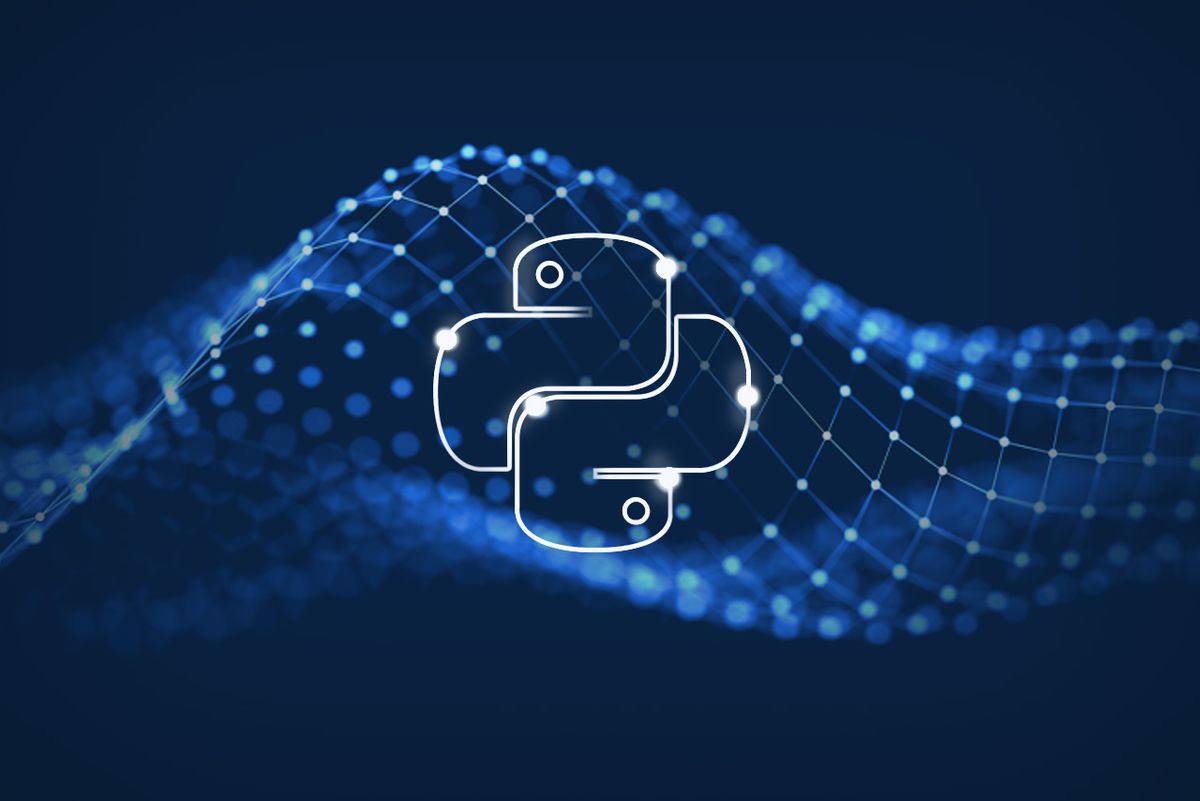Python Libraries for AI: A Comparison of TensorFlow, PyTorch and Keras
Python has become one of the most popular programming languages for Artificial Intelligence (AI) development. It offers a wide range of libraries and frameworks that simplify the implementation of AI models. In this blog post, we will compare three popular

Introduction
Python has become one of the most popular programming languages for Artificial Intelligence (AI) development. It offers a wide range of libraries and frameworks that simplify the implementation of AI models. In this blog post, we will compare three popular Python libraries for AI: TensorFlow, PyTorch and Keras. We will discuss their features, advantages, disadvantages and compare their performance, ease of use, community support and flexibility.
TensorFlow
Overview
TensorFlow is an open-source deep learning library developed by Google. It provides a flexible and efficient ecosystem for building and deploying AI models. It supports both high-level and low-level APIs, allowing users to choose between ease of use and fine-grained control.
Advantages
- Strong support for distributed computing and GPU acceleration.
- Large community and extensive documentation.
- Wide range of pre-trained models available.
- TensorFlow.js allows running models in the browser.
Disadvantages
- Steeper learning curve compared to other libraries.
- Complex API and documentation can be overwhelming for beginners.
- Limited support for dynamic computational graphs.
PyTorch
Overview
PyTorch is another popular open-source deep learning library developed by Facebook's AI Research lab. It provides a dynamic computational graph, making it more flexible for model building and debugging. PyTorch is known for its simplicity and ease of use.
Advantages
- Intuitive and easy-to-use API.
- Dynamic computational graph enables easy debugging and model development.
- Seamless integration with Python scientific computing libraries.
- Growing community and active development.
Disadvantages
- Limited support for distributed computing compared to TensorFlow.
- Less pre-trained models available compared to TensorFlow.
- Slower execution speed for large-scale models.
Keras
Overview
Keras is a high-level deep learning library that runs on top of TensorFlow or Theano. It provides a user-friendly API for building and training neural networks. Keras is known for its simplicity and ease of use, making it a popular choice for beginners.
Advantages
- Extremely beginner-friendly with a simple and intuitive API.
- Provides a wide range of pre-trained models.
- Supports multiple backends, including TensorFlow and Theano.
- Fast prototyping and easy experimentation.
Disadvantages
- Less flexibility compared to TensorFlow and PyTorch.
- Limited control over low-level details.
- Less suitable for advanced research and custom model architectures.
Comparison
Performance
When it comes to performance, TensorFlow and PyTorch are considered the leading libraries. They both provide GPU acceleration and support distributed computing. Keras, on the other hand, sacrifices some performance for ease of use.
Ease of Use
Keras is the most beginner-friendly library among the three. Its simple and intuitive API allows users to quickly build and train models. TensorFlow and PyTorch have steeper learning curves but offer more flexibility and control.
Community Support
TensorFlow has the largest and most active community among the three libraries. It has extensive documentation, tutorials and a wide range of pre-trained models available. PyTorch has a growing community and active development, while Keras benefits from its integration with TensorFlow's community.
Flexibility
PyTorch provides the most flexibility due to its dynamic computational graph. It allows users to modify models on-the-fly, making it suitable for research and experimentation. TensorFlow offers a balance between flexibility and ease of use. Keras, being a high-level library, sacrifices flexibility for simplicity.
Conclusion
Choosing the right Python library for AI development depends on your specific requirements and preferences. TensorFlow is a powerful and widely adopted library with excellent performance and extensive community support. PyTorch offers flexibility and ease of use, making it a great choice for research and experimentation. Keras is perfect for beginners and fast prototyping but may lack the flexibility needed for advanced research. Consider your needs and goals when selecting the library that best suits your AI development journey.
In this blog post, we compared three popular Python libraries for AI: TensorFlow, PyTorch and Keras. We discussed their features, advantages, disadvantages and compared their performance, ease of use, community support and flexibility. Choose the library that best suits your needs and goals for AI development.



